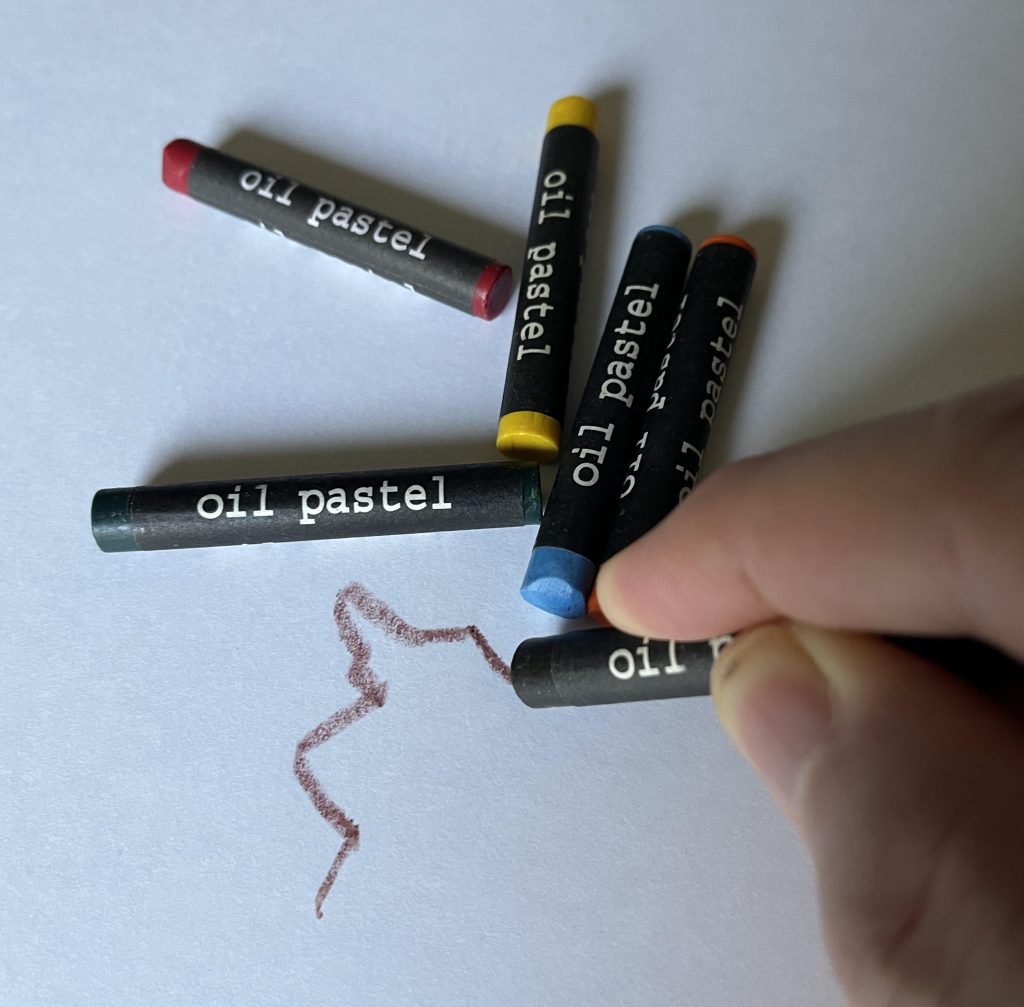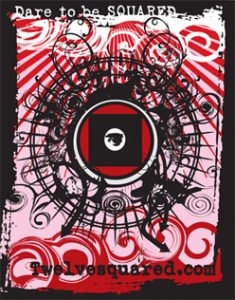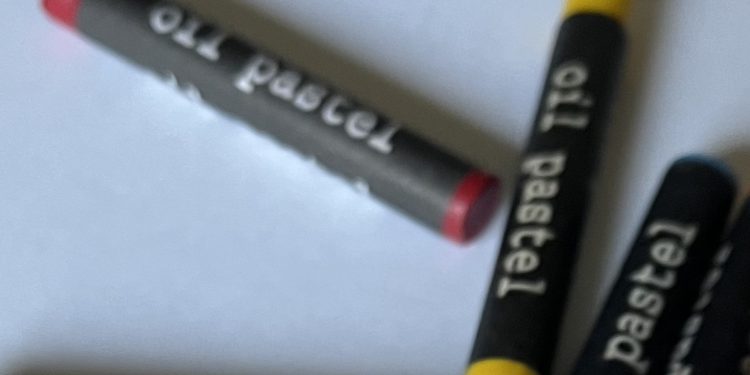Pastels, with their rich colors and versatile application, have been a beloved medium for artists for centuries. This blog post delves into the fascinating world of pastels, exploring their history, the differences between oil and chalk pastels, and the renowned artists who have immortalized their visions using this vibrant medium.
What are Pastels?
Pastels are sticks of powdered pigment held together with a binder, creating a soft, easily blendable medium that can produce a range of textures and effects. There are two main types of pastels: soft (or chalk) pastels and oil pastels. Each type offers unique characteristics and benefits, making them suitable for different artistic styles and preferences.
The History of Pastels
The use of pastels can be traced back to the Renaissance, with Leonardo da Vinci being one of the earliest known artists to experiment with this medium. However, pastels truly gained popularity in the 18th century, particularly in France, where artists like Jean-Baptiste-Siméon Chardin and Maurice Quentin de La Tour mastered the art of pastel portraits. The soft, blendable nature of pastels made them ideal for capturing the delicate nuances of human skin and fabric, leading to their widespread use in portraiture.
During the 19th and 20th centuries, pastels saw a resurgence in popularity with the advent of modernism. Artists began to explore the medium’s potential for more expressive and abstract works, leading to its prominent place in the art world today.
Oil Pastels vs. Chalk Pastels
- Composition: Made from pure powdered pigment and a binder, usually gum arabic or methylcellulose.
- Texture: Soft and easily blendable, creating a powdery finish.
- Uses: Ideal for layering, blending, and creating soft, velvety textures. They are often used for detailed work and fine art.
- Surface: Best used on textured paper, pastel board, or canvas to hold the pigment in place.
- Fixative: Requires a fixative spray to prevent smudging and preserve the artwork.
- Composition: Made from pigment mixed with a non-drying oil and wax binder.
- Texture: Creamy and smooth, allowing for bold, vibrant marks.
- Uses: Suitable for both fine details and broad strokes. They are excellent for creating intense color and can be used on various surfaces, including paper, canvas, and wood.
- Surface: Can be used on smoother surfaces due to their oil content.
- Fixative: Does not require a fixative, but a protective coating may be applied to prevent dust accumulation.
Famous Artists Known for Pastel Drawings
Edgar Degas: A pioneer in the use of pastels, Degas is known for his captivating depictions of ballet dancers. His innovative techniques and masterful use of the medium brought pastels into the spotlight during the late 19th century.
Mary Cassatt: An American painter and printmaker, Cassatt was heavily influenced by Degas. She often used pastels to create tender, intimate portrayals of mothers and children, capturing the subtleties of human emotion and interaction.
Odilon Redon: Redon’s work with pastels is characterized by its dreamlike quality and vibrant colors. His imaginative compositions and use of pastels to create otherworldly atmospheres have made his work stand out in the Symbolist movement.
Rosalba Carriera: An 18th-century Venetian artist, Carriera was a trailblazer in the use of pastels for portraiture. Her delicate, lifelike portraits earned her widespread acclaim and influenced many artists who followed.
Henri de Toulouse-Lautrec: Known for his vivid depictions of Parisian nightlife, Toulouse-Lautrec often used pastels to capture the energy and movement of his subjects. His dynamic use of color and form has left a lasting impact on the art world.

Pastels offer a unique and versatile medium for artists, with a rich history and a vibrant future. Whether you prefer the soft, blendable textures of chalk pastels or the bold, creamy marks of oil pastels, this medium provides endless possibilities for artistic expression. The legacy of pastels, carried forward by masters like Degas, Cassatt, and Redon, continues to inspire and captivate artists and art lovers alike.
Explore the world of pastels, and let their vibrant colors and versatile applications spark your creativity.
©2024 Ronald Gross

